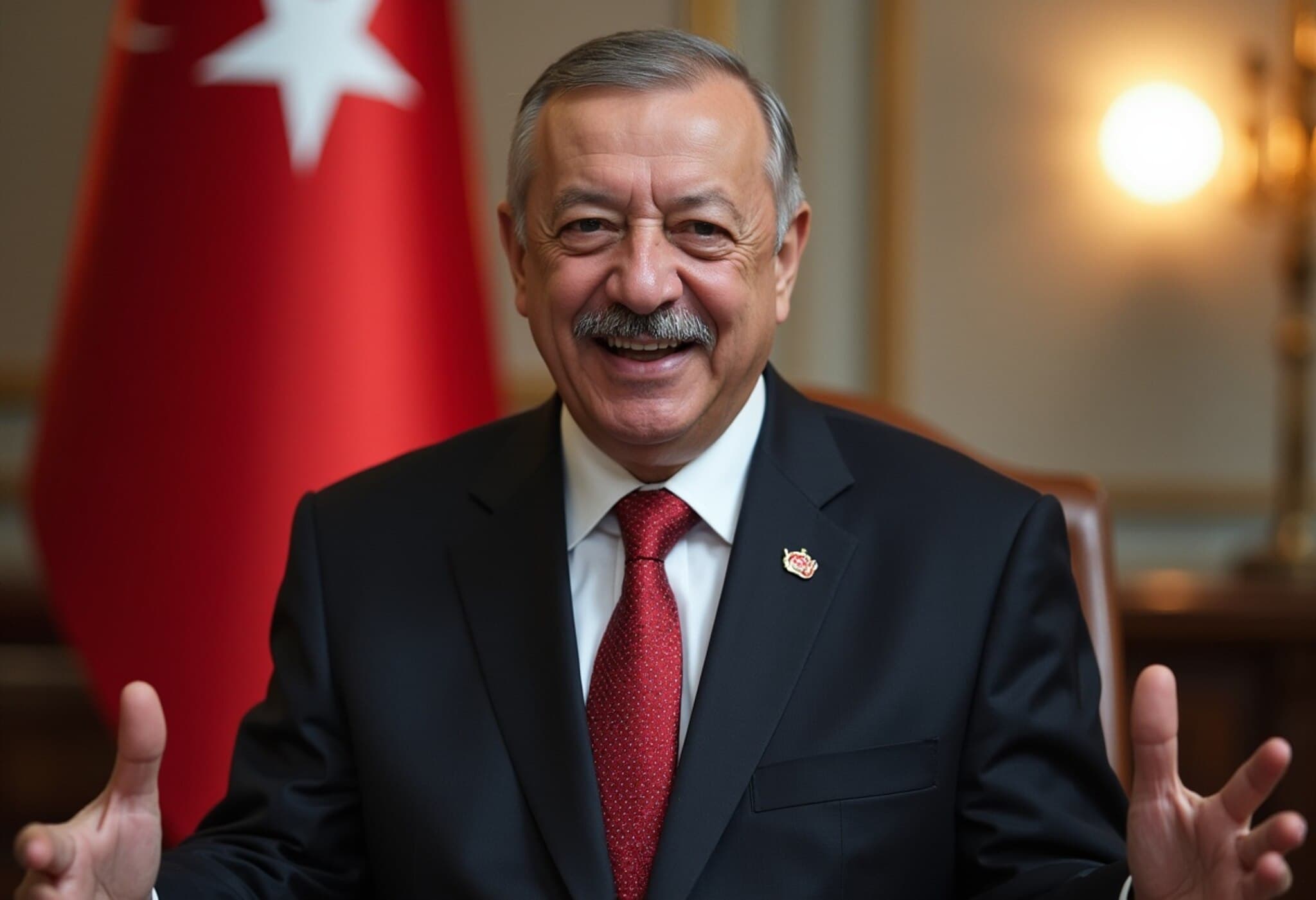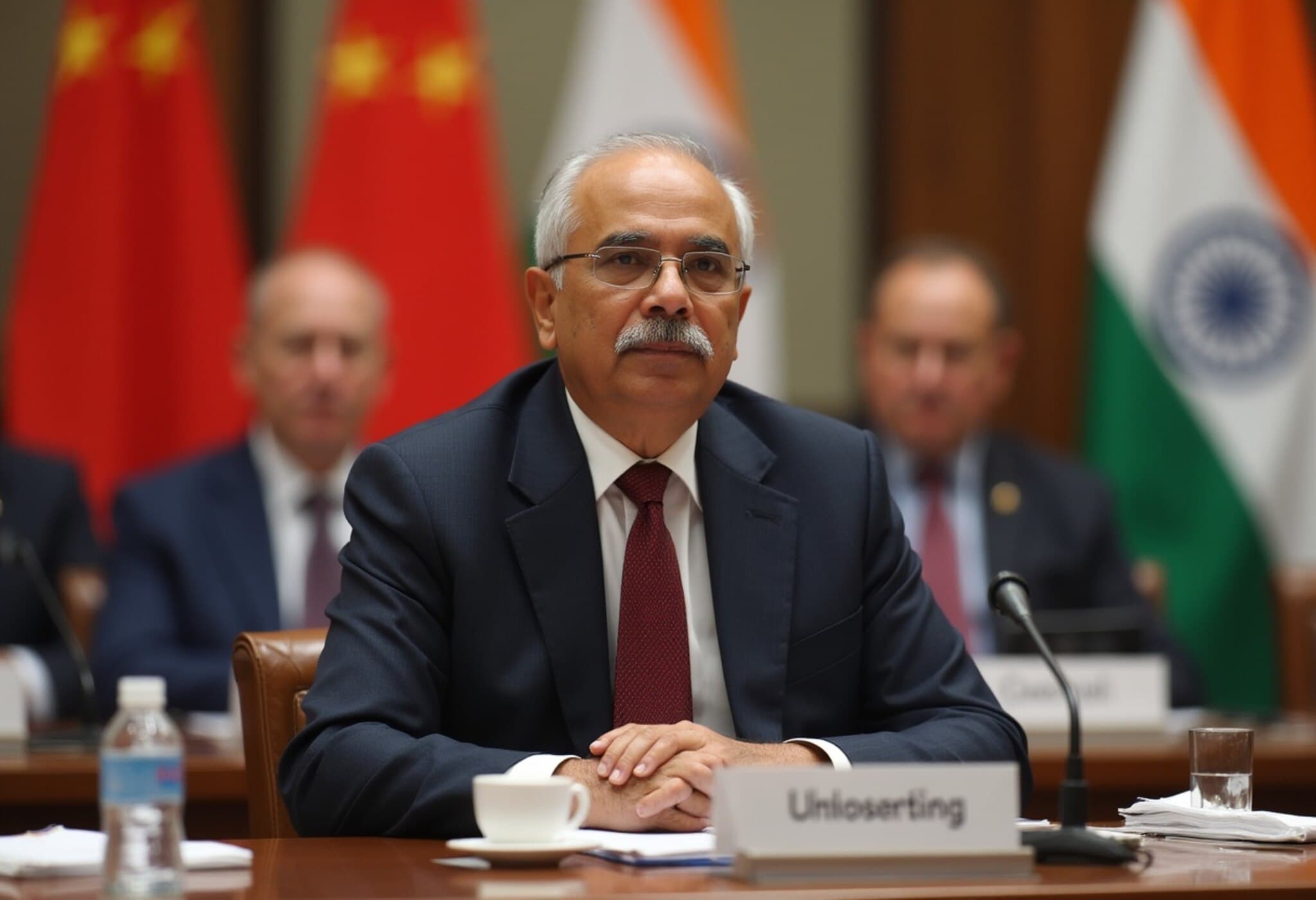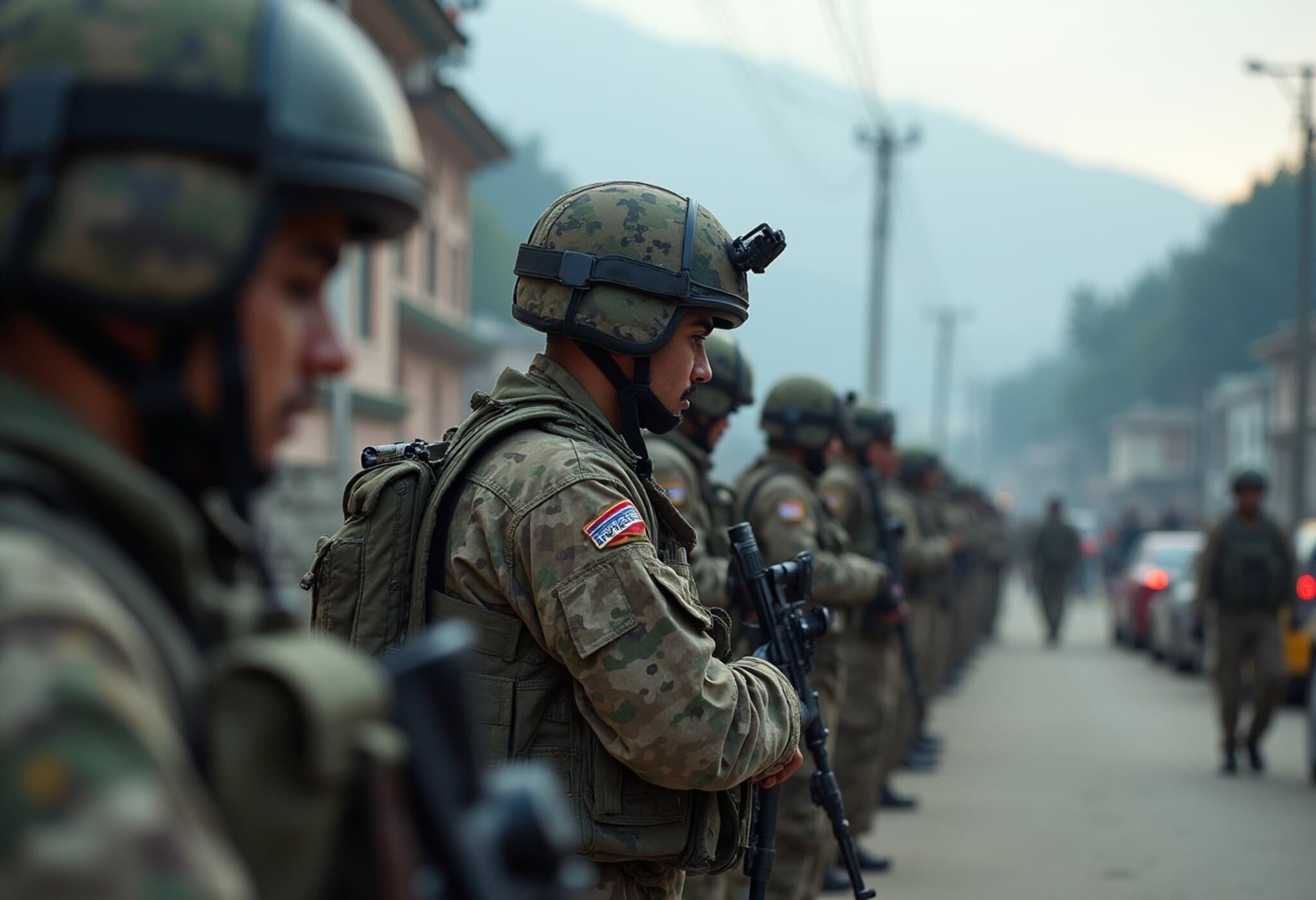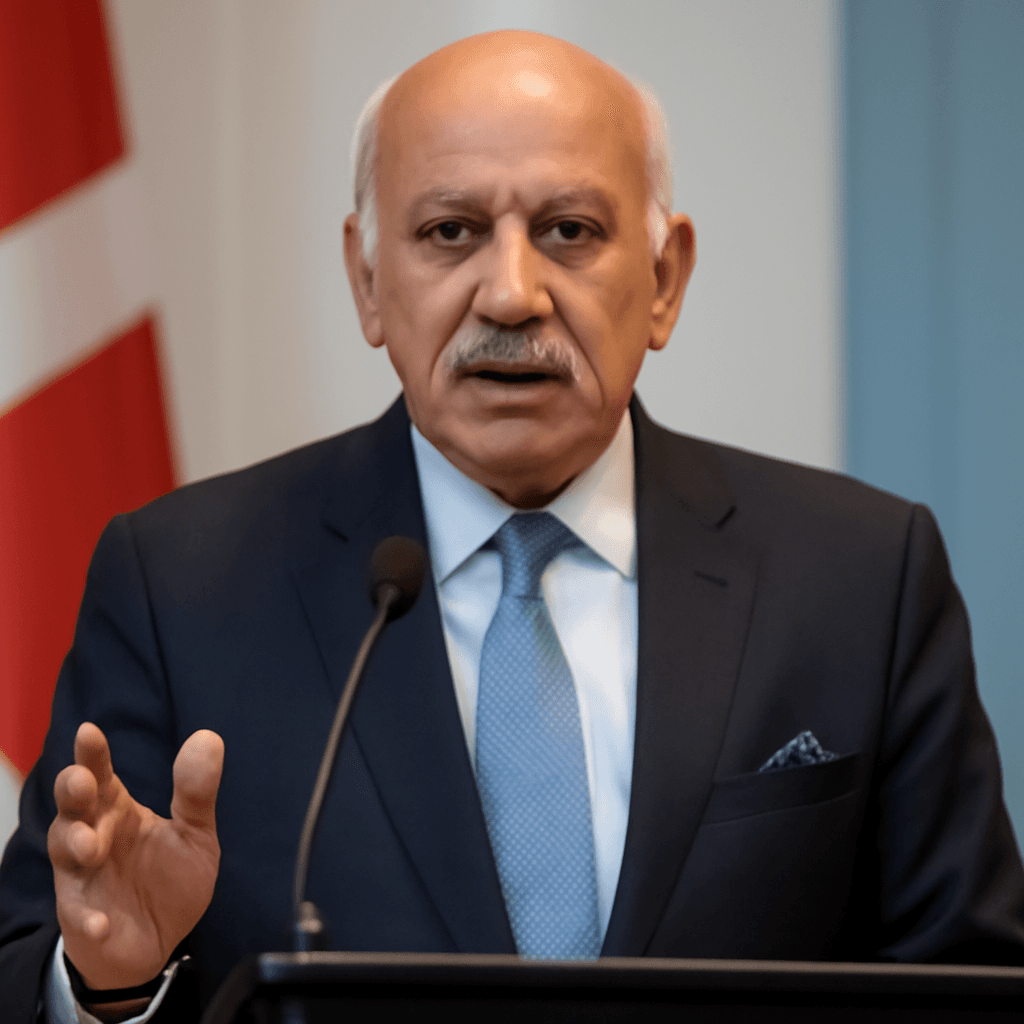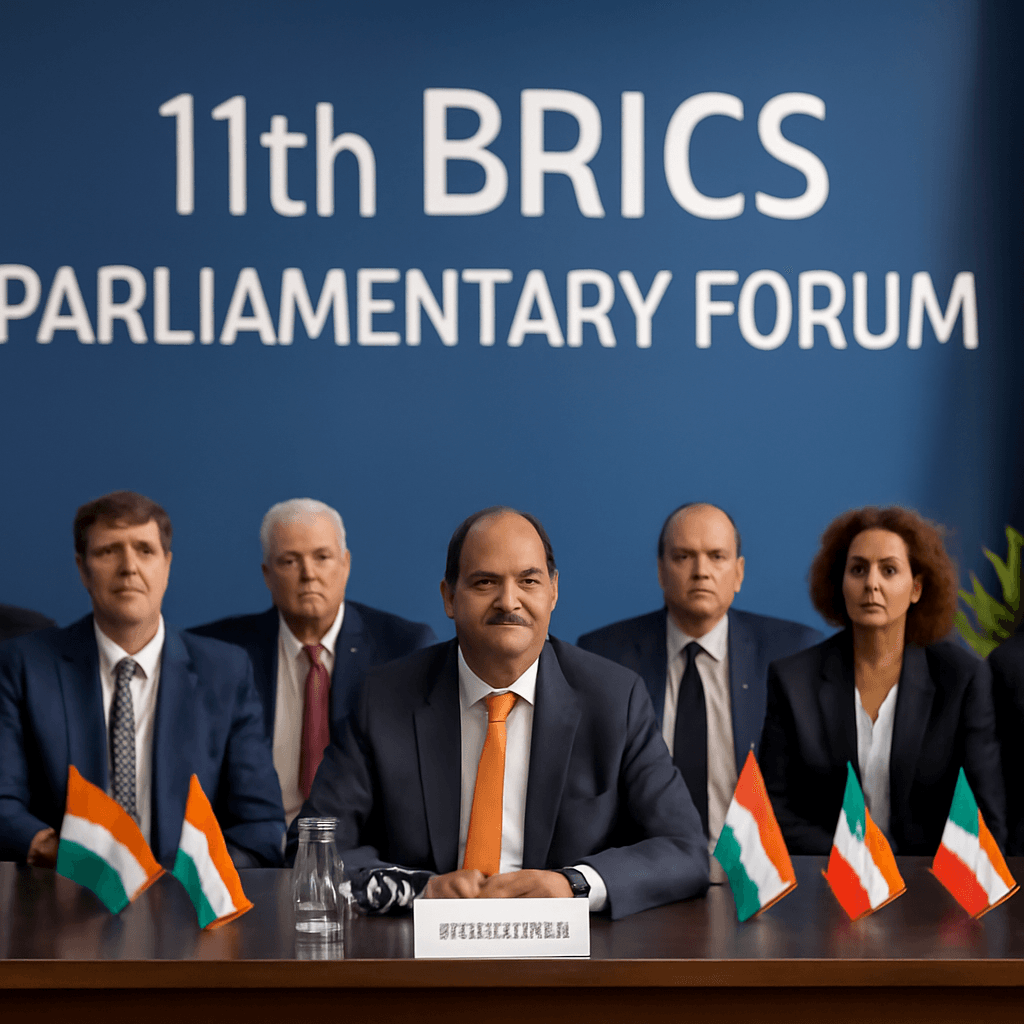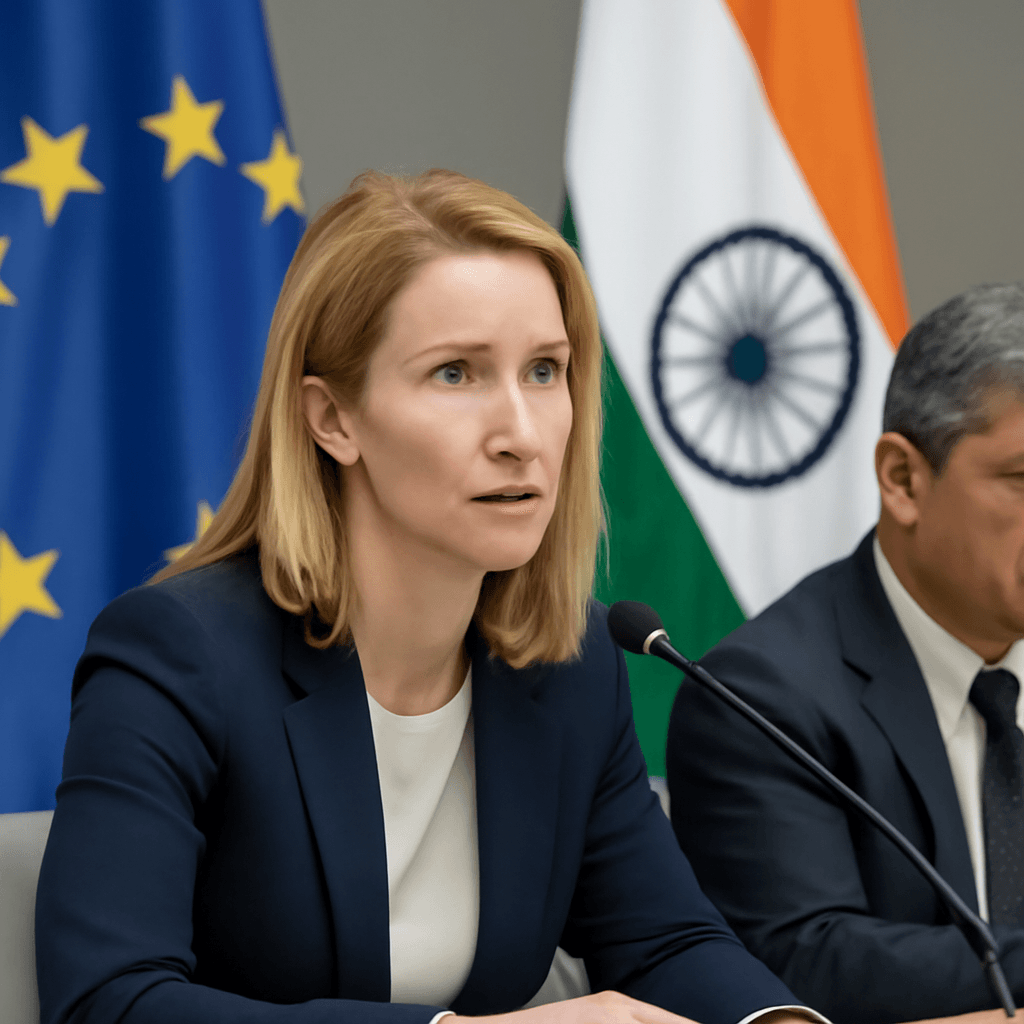Overview of the Disinformation Campaign Following Pahalgam Attack
Immediately after the terror attack in Pahalgam, Jammu and Kashmir, an extensive disinformation campaign was launched by Pakistan, involving state propagandists, Western influencers with large followings, and artificial intelligence (AI)-powered bots. This campaign aimed to falsely portray the attack as an Indian false flag operation targeting Western audiences.
The rapid response suggested potential prior knowledge by Pakistani authorities about the attack. Following the incident, Pakistan took measures such as evacuating terrorist bases along the border and intensifying military activities, indicating that a strategic response plan had been developed in advance.
Structure and Tactics of the Disinformation Campaign
The campaign unfolded in three distinct phases:
- State-Linked Narrative Initiation: Pakistani actors coordinated to propagate the false claim that India orchestrated the Pahalgam attack.
- AI-Driven Amplification: Networks of bots generated and disseminated memes and content leveraging generative AI, increasing the narrative's reach significantly.
- Western Influencer Involvement: Prominent Western figures such as Jackson Hinkle were engaged to amplify the false flag narrative across millions of followers.
The campaign primarily targeted international audiences, particularly in the West, intending to influence public opinion and indirectly pressure Western governments to question India's position.
Disinformation Tools and Key Figures
The campaign involved more than 20,000 social media posts promoting the false flag narrative, with approximately 40% originating from AI-driven bots. These bots circulated terror-themed memes accompanied by hashtags like #BJPBehindPahalgam and #StopModiFascism.
Notable influencers co-opted included:
- Jackson Hinkle: Known for supporting groups such as Hamas and Hezbollah, used his platform to disseminate anti-India propaganda.
- Mohammed Hijab and Zeeshan Ali: Previously implicated in spreading anti-Hindu conspiracies and inciting unrest.
These influencers leveraged their platforms, including podcasts and social media, to reach and mislead millions in Western countries.
Impact and Escalation of the Campaign
The disinformation effort saw a significant surge on May 6, coinciding with India’s retaliatory strike against Pakistan. The spike in false flag endorsements peaked during this period, fueled by amplified activity from high-profile Western influencers.
This campaign is consistent with previous disinformation efforts linked to cross-border incidents, such as the Pulwama attack and the Israel-Hamas conflict, where propaganda is used to shift blame and sow discord.
Experts warn that such disinformation poses tangible risks beyond the digital sphere, potentially inciting real-world violence and undermining communal harmony in diaspora communities.
Strategies to Counter Disinformation: Recommendations
Unlike Pakistan’s approach of employing influencers and AI, India has primarily focused on banning accounts spreading falsehoods. Experts suggest a more proactive strategy involving engagement with international public figures such as podcasters, socio-political commentators, and influencers to effectively communicate India’s perspective.
Engaging diverse audiences, including those holding opposing views, is critical for broadening understanding and countering misinformation.
There is a consensus that disinformation campaigns are not confined to India-Pakistan conflicts but are a global challenge seen in various geopolitical disputes.
Challenges in Combating Disinformation
Trust erosion in mainstream news outlets and the growing influence of alternative media have contributed to the receptiveness of disinformation spread by bots and influencers. Audiences increasingly rely on political commentators and content creators, whose views may reinforce confirmation bias, complicating efforts to present factual information.
Furthermore, sophisticated AI technologies enable large-scale content generation, making detection and mitigation more complex.
Military Perspective on Disinformation Warfare
Highlighting the significance of narrative battles, India’s Chief of Defence Staff noted that during Operation Sindoor, approximately 15% of armed forces’ operational time was devoted to counteracting disinformation propagated by Pakistan and aligned entities.
Conclusion
Pakistan’s deployment of AI-driven bots and influential propagandists illustrates a dangerous evolution in modern narrative warfare, where disinformation campaigns are weaponized to manipulate international opinion and destabilize societal trust. Comprehensive engagement and strategic communication are vital for countering these tactics and preserving factual discourse.





